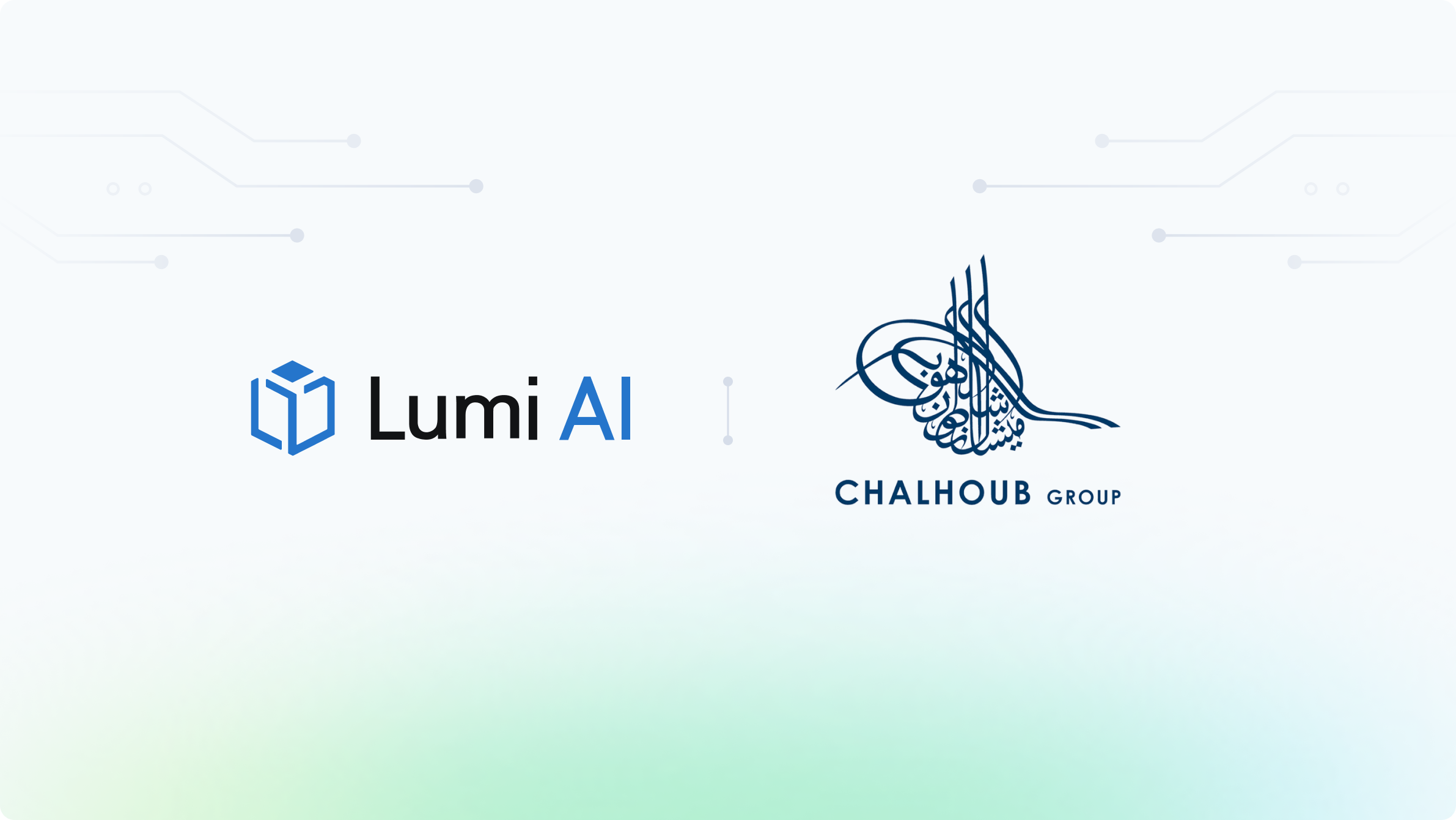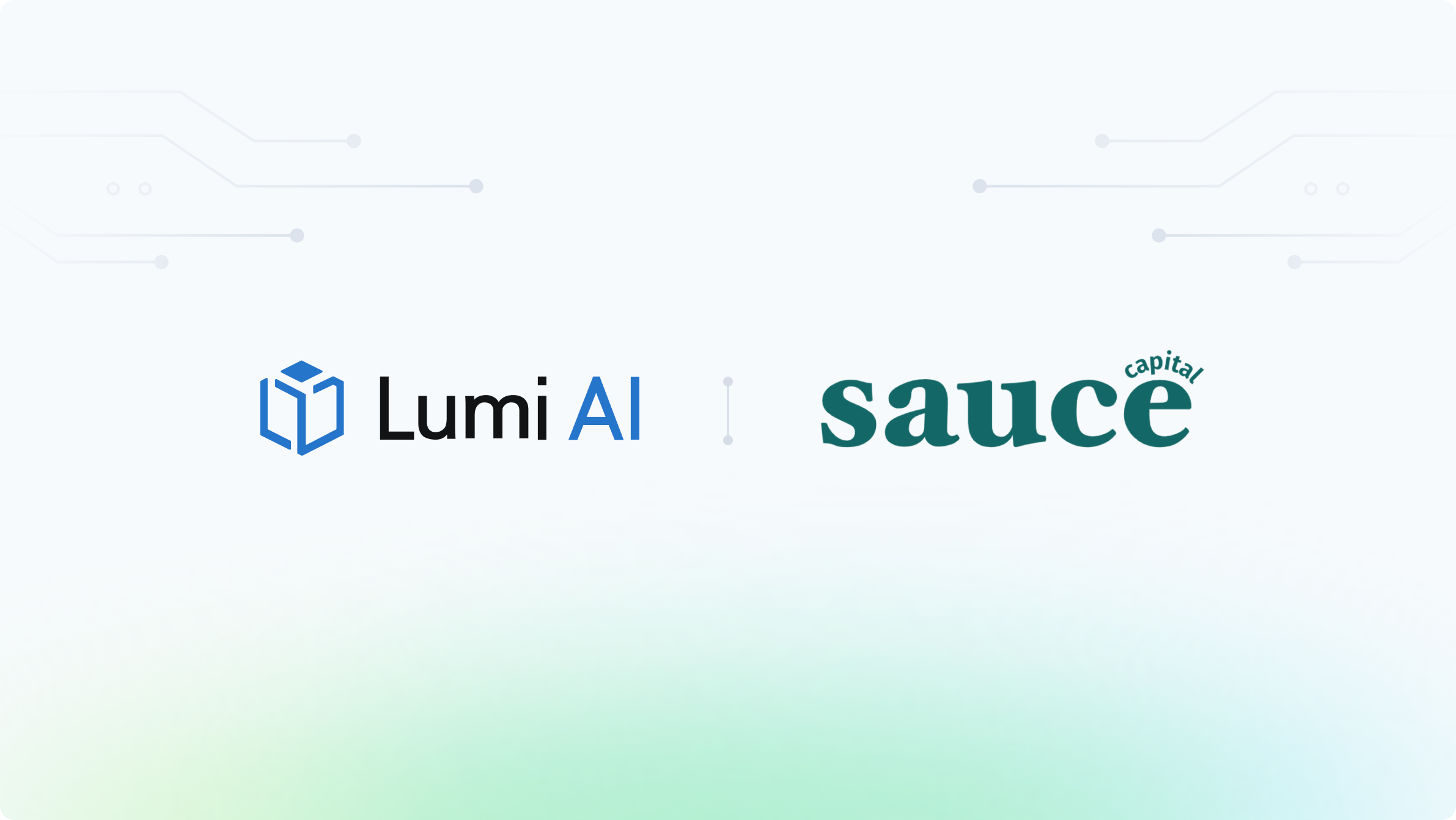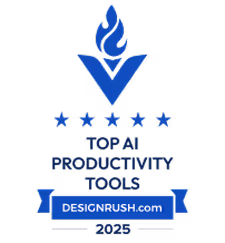Back to blog
Back to Case Studies
How GROWMARK Streamlined Manual Analytics using Lumi AI
.png)


Client Spotlight: Jordan Kuhns | GROWMARK

In this Lumi customer spotlight we interview Jordan Kuhns, who leads GROWMARK's IT portfolio with a vision for modern, connected data systems. In this interview, he explains how using Lumi's agentic enterprise analytics platform helped boost productivity, improve decision making, and empower teams to “just ask” their data for answers.
The Challenge: Complex Reports and Lost Tribal Knowledge
Like most organizations, GROWMARK has a dedicated data team responsible for curating enterprise data. Over time, as more dashboards are created across departments, reports become scattered and siloed. This fragmentation leads to confusion over which dashboards to trust and reliance on tribal knowledge to locate accurate information. This "data bottleneck" is common in large organization and impacts access to insights, creating data bottlenecks and reducing confidence in decision making.
This makes it difficult for employees to quickly find answers or confirm that they are referencing the right information.
The Turning Point: Discovering Lumi AI
When GROWMARK was introduced to Lumi AI, the team quickly realized it offered more than another analytics tool. Lumi could connect directly to the organization’s data lake, interpret business context, and deliver conversational insights to users across departments.
What stood out most was its simplicity. Instead of searching through folders or dashboards, employees could simply ask questions and receive accurate answers.
The Implementation: From Pilot to Enterprise Rollout
During the pilot, Lumi was connected to several datasets within GROWMARK’s data lake environment. This allowed the IT and analytics teams to test how well Lumi could interpret curated and validated data sources.
GROWMARK operates identical ERP systems across its member companies, each with distinct usage patterns. Lumi is built to support complex enterprise environments, enabling users to add business context, apply knowledge base filters, and manage variations in data with fine tuned granular control.
This created a semantic layer that helped both people and Lumi understand data fields, relationships, and business logic in the same way.
The Impact: Smarter and Faster Decisions
One of the most notable examples came during a session on price sensitivity. Historically, GROWMARK’s IT division relied on static reporting, but Lumi enabled teams to perform statistical analysis directly within their data environment. GROWMARK does not have in-house data scientists dedicated to complex statistical analysis, yet Lumi allows non-technical business users to conduct advanced analyses on their own. This bridges the skill gap, empowering employees who understand the business context to explore data, test hypotheses, and extract insights that move the needle.
Building a Stronger Foundation for Data Governance
Beyond operational insights, Lumi gave GROWMARK a clear incentive to enhance its data governance framework. The team found that adding context such as business definitions, data relationships, and semantic rules significantly improved Lumi’s accuracy. By turning semantic information into an active part of analysis, Lumi delivers measurable ROI on data governance and cataloging. It transforms what was once static documentation into a central, living repository of business knowledge that directly supports decision making.
What’s Next: Scaled Rollout and SAP Integration
After a successful pilot, GROWMARK’s next goal is a measured rollout across departments. The focus is on training users, building confidence in data connections, and expanding Lumi’s integration with SAP data to create a unified enterprise view.
Key Takeaways
- Challenge: Fragmented reporting systems and reliance on tribal knowledge.
- Solution: Lumi AI connected to GROWMARK’s reporting layer, and enabled conversational analytics.
- Impact: Faster insights, stronger trust in data, and a scalable foundation for governance.
- Next Steps: Enterprise-wide rollout with user training focused on prompting and adoption.

Make Better, Faster Decisions.










